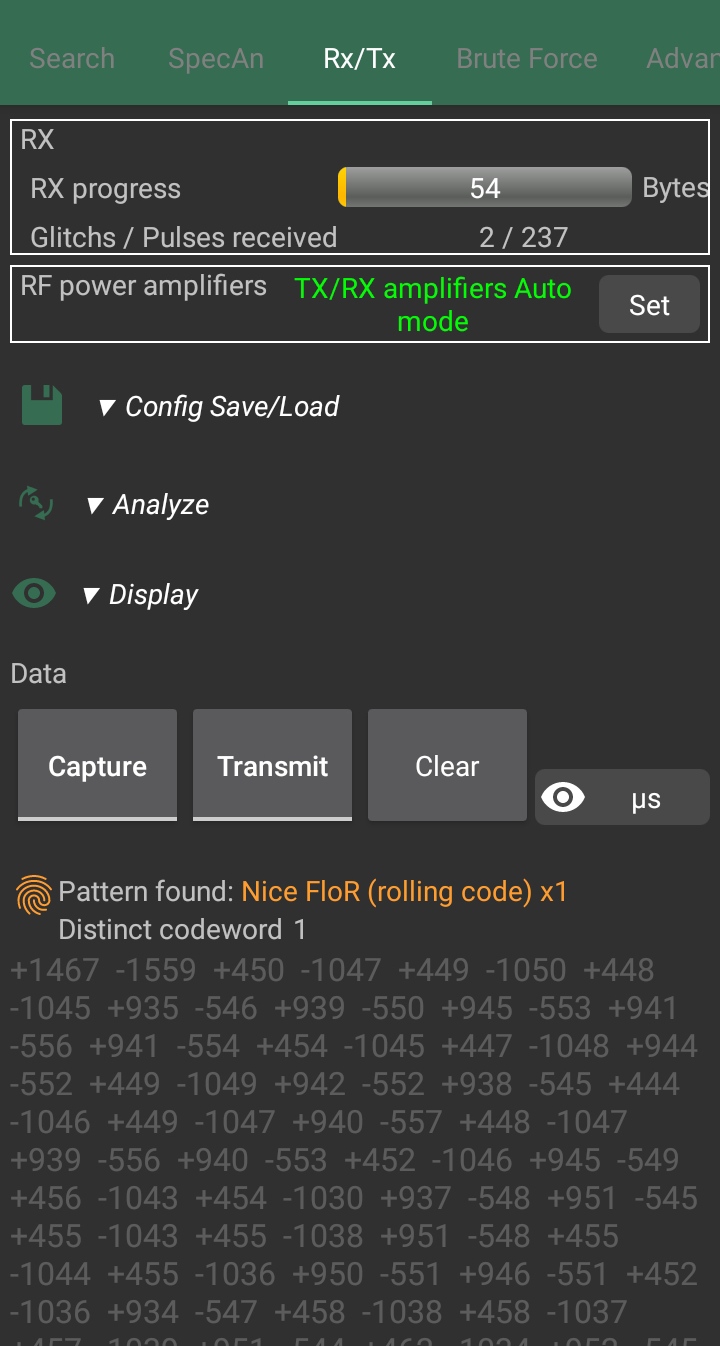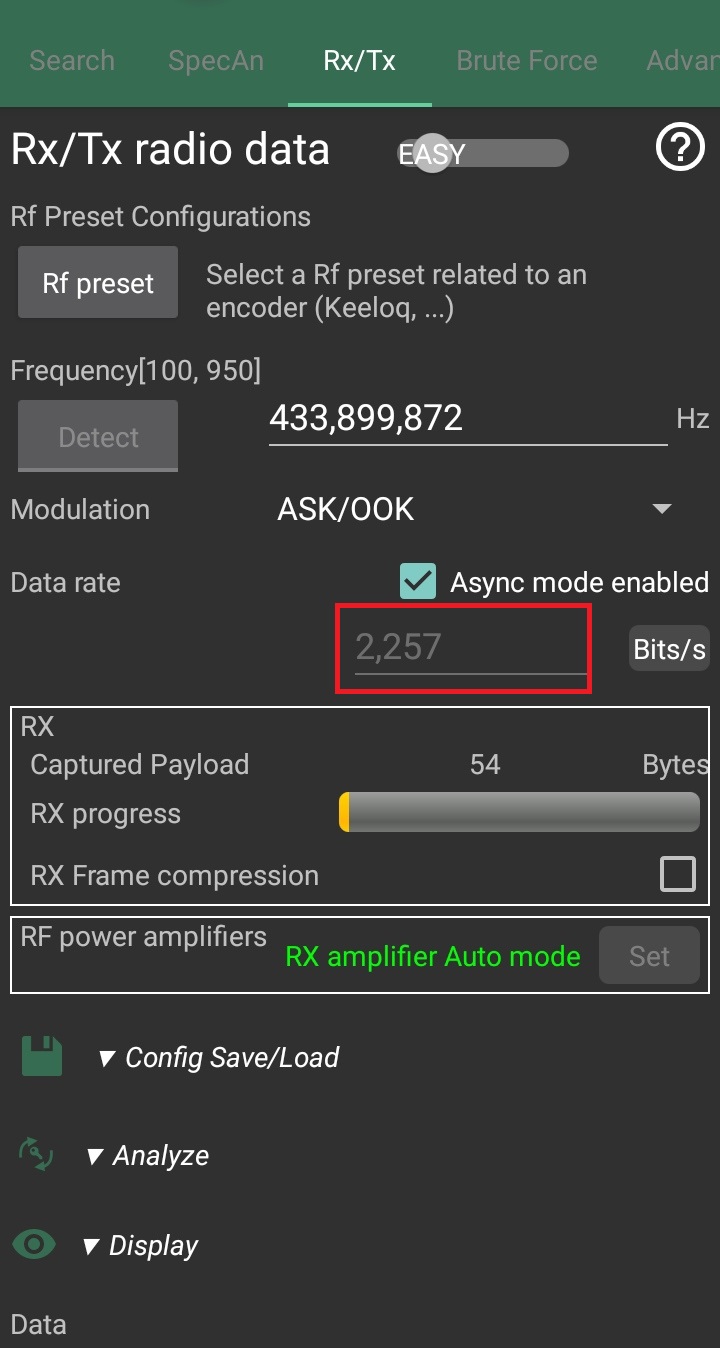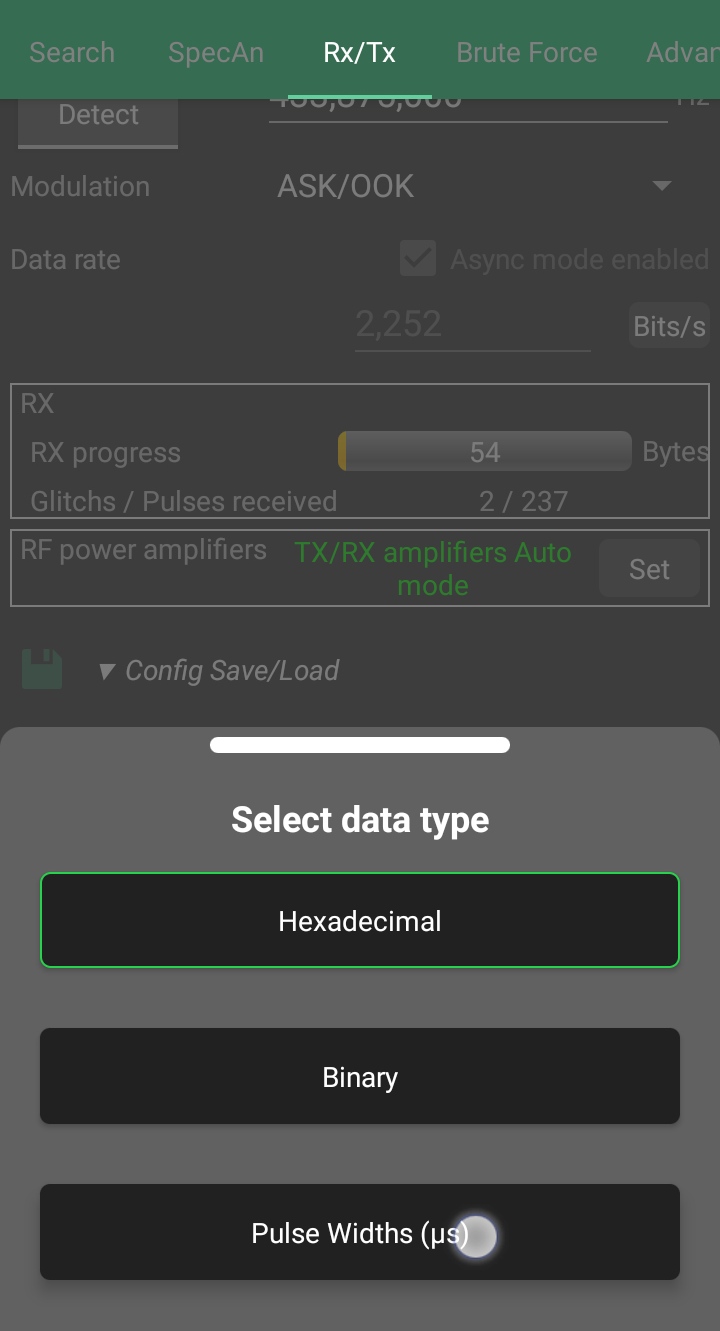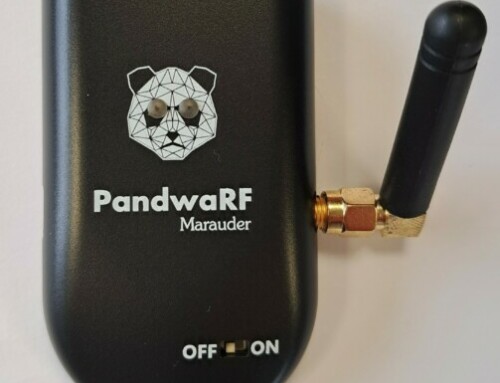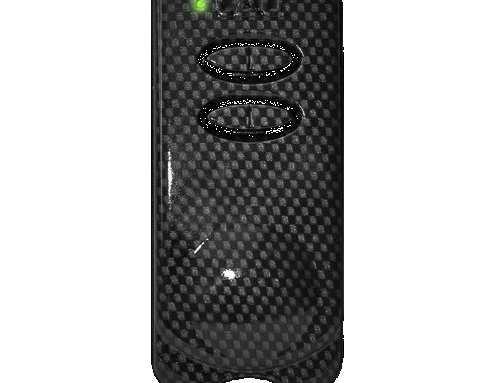Hi there,
the new PandwaRF V4 platform that we now ship since September 2022 has some significant improvements over the PandwaRF V3.
The most important of them is the support for Asynchronous Capture Mode, aka Transparent Capture Mode, aka pulse width capture.
I will try to summarize the differences between Synchronous mode (legacy PandwaRF V3 mode) and Asynchronous mode supported by PandwaRF V4.
Note that the following applies for both the Rogue and Marauder family.
Synchronous Capture Mode (PandwaRF V3 & V4)
The synchronous capture mode is the legacy mode of capturing data. Synchronous implies a clock and in our case the clock is used as sampling reference.
In this mode, PandwaRF needs to know at what rate it must samples (eg. captures) the incoming demodulated data.
As a reminder:
- Data rate: speed at which the data is transmitted, in bits/s
- Sampling rate: speed at which the data is read, in bits/s
For simplicity, let’s assume that we are referring only to binary modulations, and bits/s = samples/s.
Ideally:
- sample rate = data rate (perfect sampling)
- sample rate >>> data rate (oversampling)
For a correct capture, that implies the user to setup the data rate according to the target device.
Eg.: If a keyfob transmits data at 2500 bits/s, sampling rate can be set to 2500 (ideal case), 5000 (each bit is captured twice), 7500 (each bit is captured 3x), etc…
But if sampling rate is set to 2600 bits/s (bit length = 384µs) instead of 2500 bits/s (bit length = 400µs) , PandwaRF will be sampling 4% faster than the normal rate. So the capture will slowly drift. The first captured bits would be OK, but since we are drifting of 400-384=16µs every bit, after 25 correct bits (sampled only once) we will sample a bit twice, which will cause decoding error.
And this duplicated bit will repeat every 25 bits (every 10ms).
This is why setting the sampling rate is one of the most important things to do with a PandwaRF V3.
To bypass this limitation, PandwaRF (V3/V4) has several features:
- Data rate measurement (manual or automatic)
- Oversampling followed by a post processing phase to downsample the data.
Asynchronous Capture Mode (PandwaRF V4)
In Asynchronous (Transparent) mode, there is no need to setup the data rate.
- Instead PandwaRF will handle all incoming data as a serie of high or low pulses of various durations.
- PandwaRF will measure the duration of each pulse, and
- perform some post-processing to generate a binary stream.
The main advantage of Asynchronous mode is that any bit stream can be captured correctly, without prior knowledge of the expected data rate!
Note: the Asynchronous mode is not yet feature complete, especially for the TX part.


